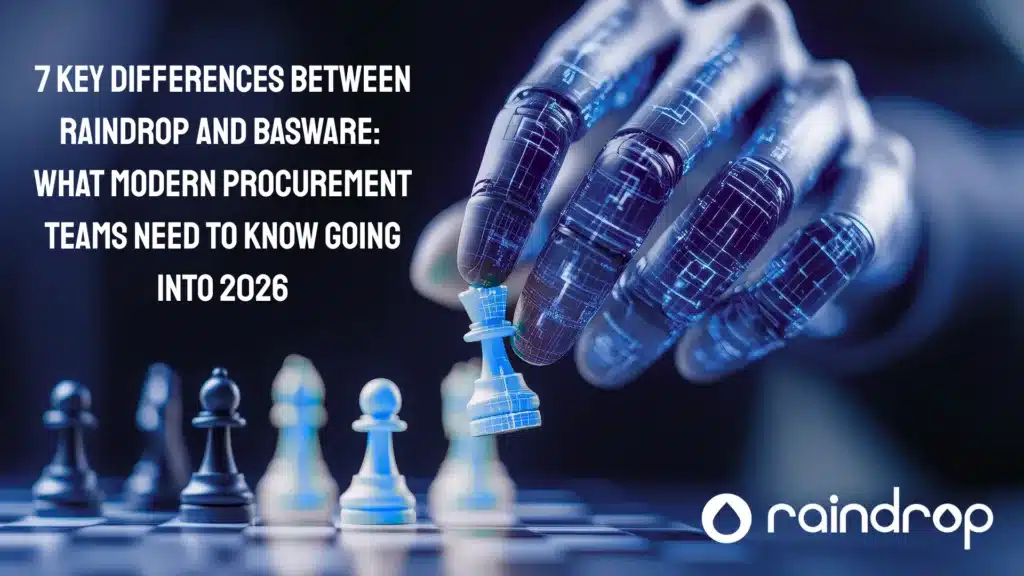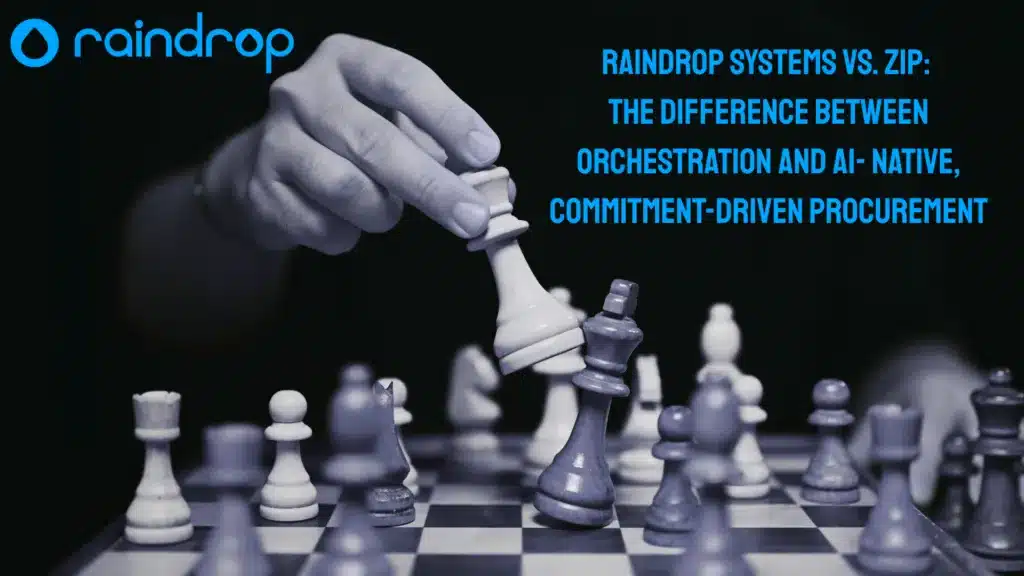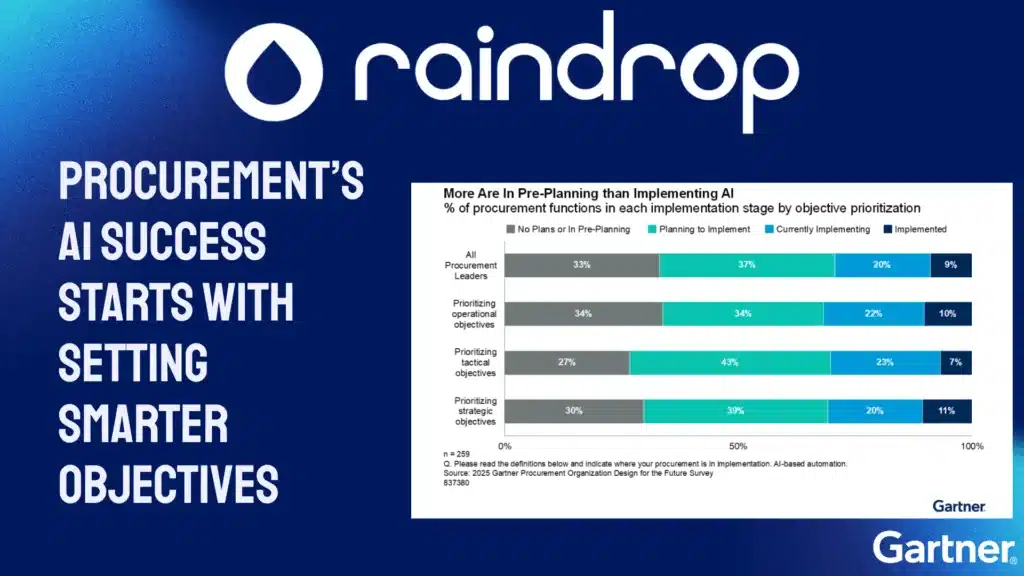2025 Survey: Why 73% of Finance Leaders Say They Lack True Innovation
It’s been five years since the COVID-19 pandemic caused seismic disruption to supply chains around the world, presenting Finance and Procurement leaders with one of the biggest challenges that many had ever faced. Fast forward to today, and those same leaders are now
being tasked with building new levels of agility into
their business strategy and embracing AI-powered
innovation. However, in a business climate filled with
economic volatility, regulatory uncertainty and budgetary
constraints, many of these ambitions remain largely
unfulfilled.
To better understand the current
state of the play across the industry,
Raindrop surveyed 1,000 Finance and
Procurement decision-makers across
the U.S. to gauge their views
on the adoption of new AI-powered
technologies, the role it can play in the
future of Procurement, and the real world
challenges faced when it comes
to successfully implementing it within
their organizations.
Download now to learn how much the Finance and
Procurement industry has evolved since the pandemic and
how far it still needs to go before meaningful change can
be realized. This report explores the growing disconnect between
vision and capability for industry leaders, and what
must be done to prepare for a future defined by speed,
resilience, and intelligence.
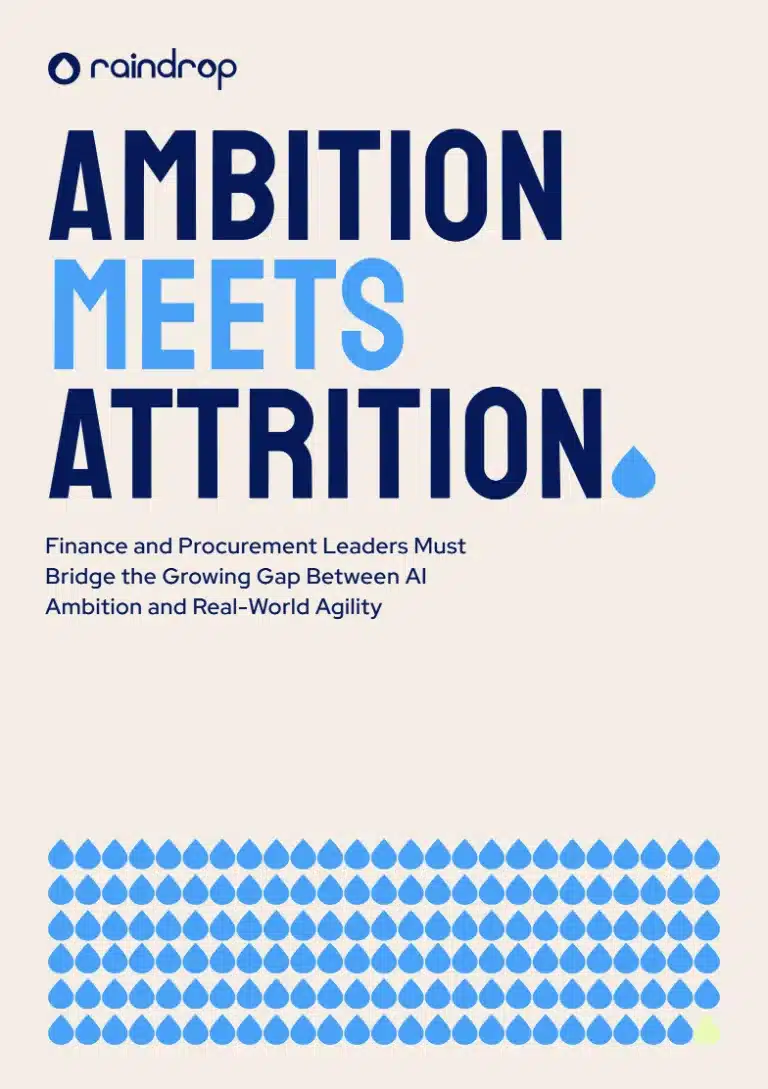
Be among the first to learn these insights ahead of the end-of-year planning cycle.
WHY IT MATTERS?
Most Common Obstacles For Supply Chain Agility
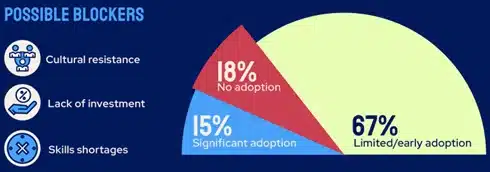
How Procurement Is Measured Today
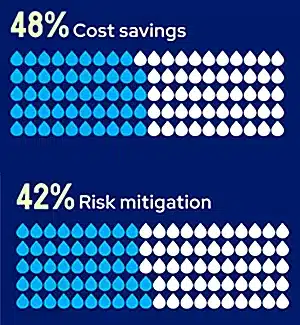
AI Adoption Vs. Reality
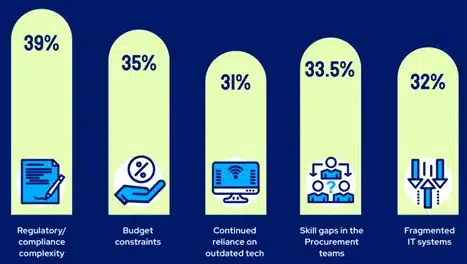
KEY findings
73% of Finance leaders…
Want greater flexibility in their procurement and finance strategies.
27% of Finance leaders…
Feel fully able to deliver true innovation today.
18% finance and procurement leaders…
Have yet to adopt any AI.
A key area of concern raised by Raindrop’s research is a widening gap between expectation and reality when it comes to driving meaningful change within procurement processes. Of those questioned, over 4 in 5 (83%) of Procurement professionals said they felt responsible for innovation in their organization’s Procurement strategy, but less than three in ten (27%) felt fully able to deliver it under their current circumstances, highlighting how ambition at the executive level continues to outpace execution capabilities within most businesses.

Experts agree



